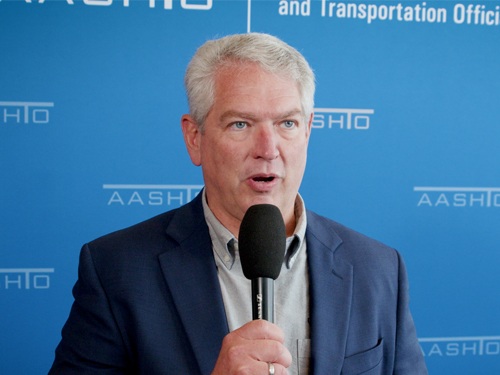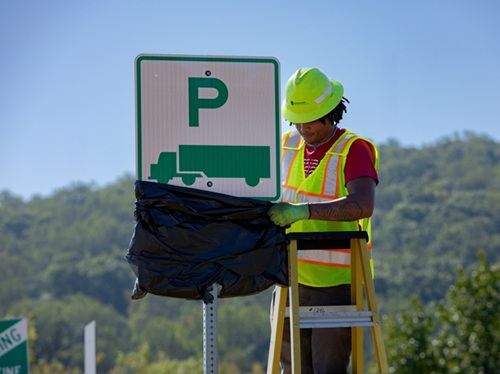An online survey of older adults conducted by the National Council on Aging and Volkswagen Group of America found that 70 percent of respondents “trust” self-driving technology and ride-hailing service and believe they could help them achieve tasks outside the home and do the things they want in life.
[Above photo via the NCOA]
“Technology will play a key role in addressing challenges faced by older adults who are no longer able to drive,” said NCOA Senior Director Kathleen Cameron in a statement.
“The five most important aspects of [those] services for older adults are safety, quality of service, convenience, traffic, and overall comfort of riding in the vehicle,” she said, noting that three-quarters of respondents to the NCOA survey said they expect to use self-driving and ride-hailing technologies in the future, with 71 percent agreeing it would help them maintain their independence.

Almost 2,500 people over age 55 responded to the NCOA survey. The average age of respondents was 60 and 64 percent were male. Most respondents were white (75 percent), while 15 percent were Black/African American, 4.3 percent American Indian/Alaskan Native, and 30 percent Hispanic/Latino. Most respondents were from metro areas (88 percent), while 8 percent resided in suburban areas and 4 percent rural areas.
NCOA noted that older adults often outlive their decision to stop driving by about 10 years for women and seven years for men. The decision to stop driving is usually due to declining vision, physical and cognitive abilities, or the use of medications that impair driving.

Therefore, non-driving older adults need alternative transportation to go to doctor’s appointments, shop, and engage in activities that keep them socially connected, like attending religious services, visiting friends and family, and enjoying entertainment.
Caregivers most often provide this transportation. In some parts of the country, public transportation, taxis, and ride hailing services like Uber may be options for older adults.
However, in many rural areas, these alternatives are not available. Thus, self-driving ride-hailing services – such as self-driving taxis, Uber or Lyft, or public transit shuttles – could provide key mobility solutions for older adults, the group said.
 Nation
Nation
WVDOT Profiled in Latest State DOT 2-Minute Update
October 10, 2025 Nation
Nation

